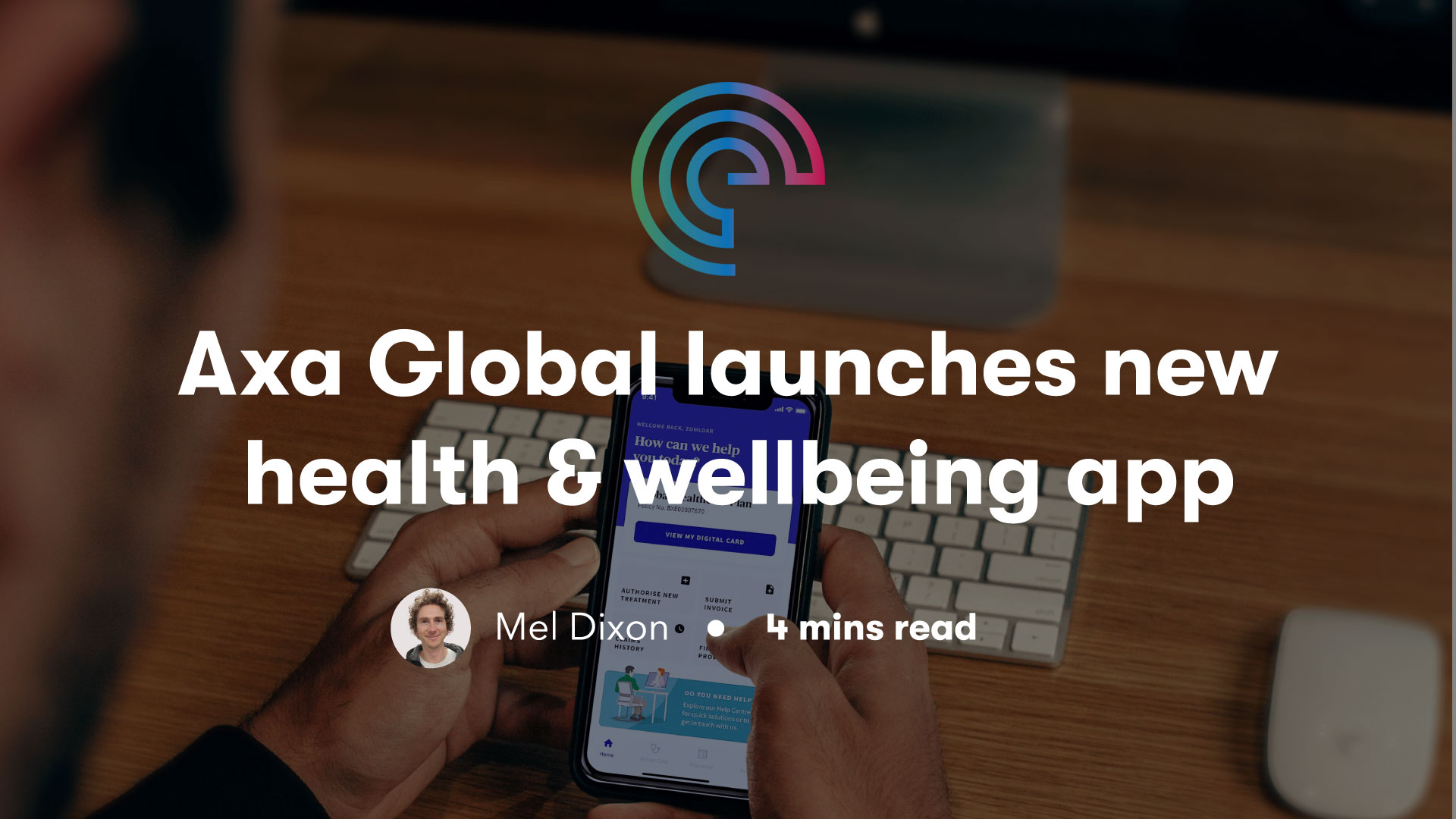Every employer wants a workplace full of happy and healthy people driving the business forward. So it’s no surprise that the corporate wellness market is thriving. According to Allied Market Research, the market is expected to be valued at $66.2 billion by 2027.
And yet, despite businesses making significant investments, many are failing to provide the return-on-investment hoped for. So why is this?
In this special blog post, we’ve compiled insights from leaders across the corporate wellness field to provide an authoritative round-up of the key reasons why corporate wellness programmes fail.
For business-specific, one-to-one advice you can arrange a FREE call with one of our independent consultants using the contact form on the right.
1. Overburdening a team member with responsibility
Dr. Aldana, CEO of Wellsteps warns against asking a full-time employee to take on the duty of running the programme. They already have enough to do!:
“It may start off well, but eventually the lack of time and expertise to manage and administer a comprehensive wellness program becomes apparent. These programs usually fail because of neglect.”
This clearly points towards the importance of app-based solutions which allow employees to largely manage things for themselves. Even so, there will always be an important element of human oversight – and there will need to be a team of advocates who will be on-hand to help.
Action: Consider whether you’d be better off setting up a team of advocates as opposed to giving all the responsibility to one person. Alternatively, you can also consider outsourcing to an external consultant.
2. Lack of leadership and goals
It’s perhaps obvious but still worth emphasising. Any successful corporate wellbeing policy must be led from the top. This is a point made by J. Michael McNamara at Impact Health:
“Wellness programs require strong leadership, clearly defined goals, and engagement-oriented communication designed to produce action and positive behavior change.”
It’s worth reiterating the importance of goal-setting. There should be a tangible benefit that the programme is designed to achieve, related to:
- Absentee rates
- Employee satisfaction levels (tracked via surveys taken before the programmes implementation, after its implementation and regularly thereafter)
- Employee retention
- Perception of the business
- Mental health – tracked via anonymously collected surveys
Whatever result you wish to achieve, you need to seriously consider how it will be recorded. Results must be verifiable to ensure that value is being delivered.
Action: Consider who will be leading the programme and be sure to set targets from the outset.
3. Failure to update the programme
A tendency to “launch it and leave it” is a common reason why corporate wellness programmes fail. David Sherman, Head of Wellbeing and Engagement at YuLife urged the importance of tracking performance and evolving the programme over time:
“Regular assessment is key. You need to assess how your people are responding to your wellbeing programme. Are they aware of it? Are they utilising it? If you’re offering any benefits, look at take-up. Ask for reports. Seek out engagement stats.”
This clearly ties into the importance of setting goals and tracking them, but it’s also about working out where improvements can be made. A key reason why corporate wellness programmes fail is simply a consequence of failing to evolve it over time in response to feedback and data.
Action: Track performance regularly (every six months minimum) and address areas requiring improvement.
4. Lack of incentives
Wellbeing challenges are often a fun way of increasing participation in corporate wellness programmes. Earlier this year we arranged a step-count challenge against fellow employee benefits brokers, Hooray Health & Protection. When done well, they can be great fun – and add an extra element of camaraderie within a team. They can also inspire longer-term positive health changes.
But they can go wrong if the incentives simply aren’t good enough. This point is taken up by the people at WellRight:
“Say you have great sign-up numbers for wellness challenges, but employees continuously drop out before the challenges are complete. Or you can’t get enough participation in challenges to justify doing them. In either case, your program will ultimately lose support from senior leaders, and that’s the ballgame.”
Action point: when setting a challenge, make sure the reward inspires participation. And if you can make it enjoyable, even better.
Need help piecing together a corporate wellness programme that works? Contact our team of experts for a FREE consultation. Tel: +44(0)1273 20974419 or use the contact form on the right.
5. Ignoring ‘social health’
Shaon Shahnewaz, Head of Marketing at CircleCare raises the importance of cultivating “social health”. After all, we’re all social animals and therefore healthy social connections can have a major role to play in our mental wellbeing and, by extension, physical health too. In fact, even the WHO identified social health as important way back in 1948.
“No matter which industry you work in or the background they are from social health is essential to ensure employee wellbeing, and yet only the “physical and mental well-being” aspect is covered by most corporate wellness programs.”
In many ways this highlights how important simple activities such as post-Friday drink gatherings or team lunches can make to overall health.
Action point: Could you improve morale across the business by strengthening a healthy social dynamic?
6. Relying too much on incentives
Incentives have long been used in corporate wellness programmes as a way of motivating people to take part. But the team at Sonic Boom Wellness have warned of the dangers of relying too heavily on them.
“Incentives may draw some into a program and encourage those who would participate anyway to continue to engage. But incentives alone don’t typically create behavior improvement; people are engaging for all the wrong reasons.”
The answer lies in ensuring employees fully understand the deeper benefits of adopting new habits or participating in challenges. Many wellbeing apps are very good at combining healthy activities with useful explainers.
Action point: If you’re setting a wellbeing challenge, make sure you explain the health benefits it provides.
7. Failure to address all areas of health and wellbeing
We talk a lot about the three pillars of wellbeing: physical, mental and financial. Each is interconnected. Any wellbeing or employee benefits programme should ideally address each pillar. So often, the reason why corporate wellness programmes fail is because they focus too much on one area of wellbeing – usually physical.
The team at Wellness 360 outline the problem as it exists today:
“Despite the different wellness dimensions vital for holistic employee wellness, most of the time only physical health is emphasized upon. The recent COVID-19 pandemic has shifted the spotlight on many other employee wellness dimensions, and mental wellness is now prioritized equally as physical health.”
It’s interesting to note how they’ve expanded the definition of wellbeing into other areas such as: social, occupational and cultural health.
Action point: Ensure you wellness programme covers the three core pillars of wellbeing.
8. A lack of convenience
So often, convenience is king. The same is true with wellness programmes, as Zara Martirosyan from inKin Social Fitness explains:
“In today’s busy, fast-paced society, convenience is the key to staying healthy. As part of your corporate wellness program, do you naturally make it easier for your employees to engage in health and wellness? For example, you might have an exercise room on the premises where your employees can get in their workout for the day during their lunch break.”
Action point: It’s worth going over each element of your corporate wellness programme and considering whether it’s easy to access and action for employees.
9. Not getting feedback
Yes, it’s obvious but it still gets overlooked. Have you asked your staff what they want before you invest in the scheme? Have you been getting their feedback since its launch? Kaye Kennedy from MBS Wellness takes up the point:
“Make sure you have a real time understanding of the needs of your employees. Employees are dynamic and ever-changing and your wellness program must also be… A survey is a good way to get valuable data and feedback. Furthermore, employees want very much to be heard. Let them tell you what matters most to them, what health issues they are facing and what they would like to learn more about.”
Surveying employees is perhaps the most thing any company can do to ensure a corporate wellness plan is successful.
Action point: Make sure you’re gathering feedback from employees – whether via surveys or one-to-one feedback.
10. Lack of flexibility
Closely related to the issue of convenience, another common reason why corporate wellness programmes fail is that they are simply too rigid. This encompasses different issues: ease-of-access, range of wellness activities on offer and adaptability to different employee preferences.
Does it offer something for everyone? ClassPass addresses this very issue:
“Health and wellness initiatives are extremely personal in nature and therefore, require flexibility to meet varying schedules, abilities and needs. While you can’t provide the perfect solution for every person, providing options and flexibility within the programs you do offer is possible and needed for maximum engagement.”
Action point: Consider whether there is more you can do to make it flexible to the needs of each individual.
11. Mismatch between wellness and organisational culture
Does the programme preach one value while the organisation has a culture that runs contrary to it? Is there a mismatch? The people at BetterYou made this important point on their blog:
“If an organization’s culture doesn’t match the employee wellness program goals, results are fleeting. Companies that offer wellness programs but continue to bring donuts to meetings, expect long work hours, or lack senior leadership buy-in should expect diminishing returns. Without shifting the organization to a culture that visibly and vigorously supports employee wellness, programs will fail.”
Action point: While we wouldn’t want to discourage the occasional offer of donuts and pastries, it’s important that workplace culture supports the goals of the wellness programme.
12. Alienation of employees
What if your well-meaning health and wellbeing programme actually discriminated against certain employees? Rohma Abbas at Workable makes this very important point:
“On the surface, these programs seem like win-wins, but crafting a workplace health and wellness program means defining health and wellness. When companies do that, they open the door to discriminatory health judgments. (For example, a tobacco cessation program will target smokers, and a FitBit competition can alienate non-walkers). These decisions can negatively affect employee engagement.”
In many ways it’s inevitable that people will feel excluded by certain initiatives, which again highlights the importance of providing choice and flexibility within your wellbeing programme.
Action point: Be aware of how an initiative has the potential to exclude certain team members or make them feel targeted in some way. That doesn’t necessarily mean cancelling the initiative. It may just mean making sure people are not feeling discriminated against.
Making corporate wellness work
There’s a continuing debate about the success or otherwise of corporate wellbeing programmes – with commentators making blanket claims one way or the other. But ultimately it depends on how well they are planned and executed. Get it right, and you can achieve tangible results including lower staff sickness rates, improved satisfaction levels and greater team morale – and this all impacts on productivity.
If you want advice on how to set-up or improve your wellness programme, speak to our team of independent advisors. Engage Health Group has expertise covering the whole corporate wellness and employee benefits market – we will advise you on strategy and deliver FREE quotes.
Contact us at Engage Health Group Ltd or call +44 (0)1273 974419 for FREE no-obligation advice and support.









